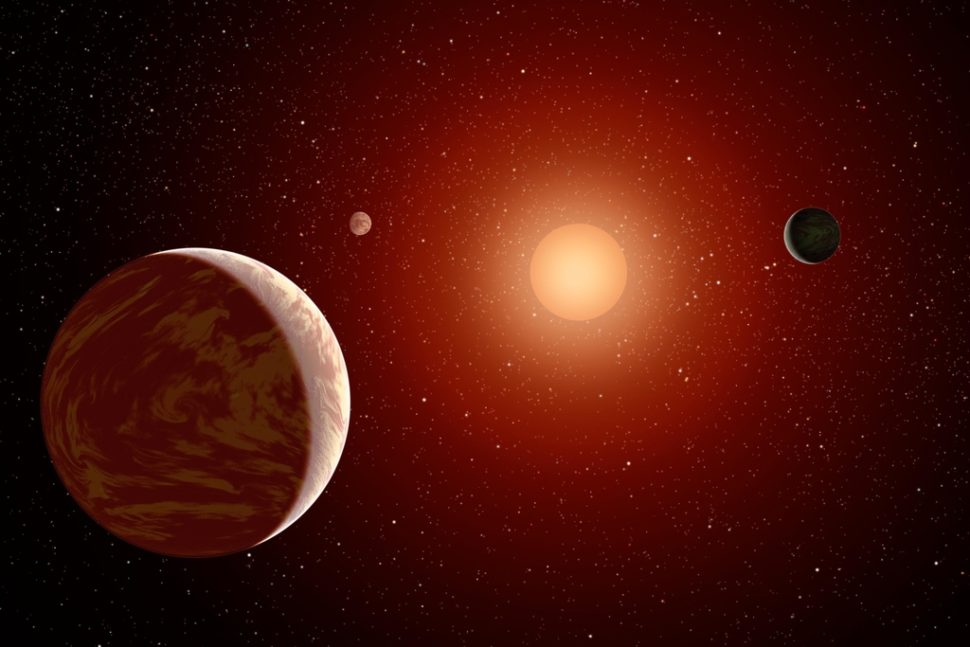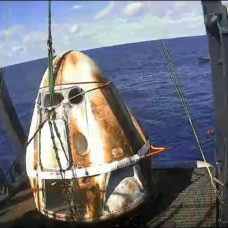A new set of possibly habitable planets have been found by NASA’s Kepler Space Telescope.
For decades, scientists have been scouring the cosmos, far and wide, in search of other celestial bodies that could be harboring alien life and be our next potential home. Thousands of exoplanets have been found, but only a few were considered as habitable. However, a recent study revealed new, possibly habitable planets that were said to be hiding in plain sight.
The new planets were claimed to have been captured by NASA‘s Kepler Space Telescope. Apparently, a thorough analysis of the data gathered by Kepler showed that there could be more habitable planets out there than what astronomers believed. Further investigation into the data revealed 20 new worlds that might be hosting life.
Many deem this latest NASA discovery as our best chance yet of finding alien worlds that could support life–a breakthrough in our attempt to find another planet Earth.
#NASA researchers found new habitable #planets using Kepler Space Telescope!Click To TweetThe Search for Habitable Planets
The discovery of the 20 habitable planets was part of NASA’s Kepler mission to find alien worlds like our own. The data was from Kepler’s first run of observation from 2009 to 2013 when the space telescope was said to have been pointed at one region of the sky.

According to the researchers led by Susan Thompson from the SETI Institute in California, the 20 new planets are almost the same size as Earth and are orbiting Sun-like stars on similar orbits to our own.
Some of the planets could take relatively long time to complete a single orbit. The longest was reported to take 395 Earth days while the others only take about Earth weeks or months. The fastest recorded orbit is 18 Earth days.
The most promising among all the new so-called habitable planets is the KOI-7923.01. The world is found to be 97 percent the size of Earth and orbits its Sun for 395 Earth days. However, the planet has a colder temperature due to its distance from its star, which is also a little less warm than our Sol.
Jeff Coughlin from NASA’s Ames Research Center told New Scientist:
“If you had to choose one to send a spacecraft to, it’s not a bad option.”
The researchers are firm in their belief that these new planets are solid candidates. But, their 70 to 80 percent certainty has yet to be confirmed by more observations and investigations. Apparently, ground-based observatories or the Hubble Space Telescope would have to gather more information in the years to come.
In the four years that Kepler was pointed on the region of the sky where the planets are located, they were only spotted once or twice due to their long orbits. This short period of observation is one of the reasons why the planets were not noticed earlier. The researchers needed more datasets to separate false alerts from real signals and drew out these hidden planets.
Abel Mendez, director of the Planetary Habitability Lab at Arecibo Observatory, was quoted as saying:
“I believe that this is a much improved catalogue so I’m eager to explore it further.”
The NASA researchers used mixed up signals from several confirmed exoplanets and a few fake ones. The fake planets were able to help check for errors and rule out bad signals which trimmed the list down to the 20 habitable planets.
Aside from these new set of planets, the Kepler researchers also discovered a start called ‘Rosetta Stone‘ that suggests our own solar cycles are not unique in the galaxy. According to researchers, the Rosetta Stone or HD 173701 is almost identical to our Sun in terms of size, mass, and age. However, it has a metallicity twice as high as our star.


















Comments (0)
Most Recent